Tyre Care Tips!
Ensuring your car’s tyres are in optimal condition is essential for a safe and smooth journey. Neglecting tyre maintenance can lead to unexpected breakdowns, which can be both inconvenient and dangerous. By following a few simple tyre care tips, you can avoid these issues and ensure a safe ride every time. This blog will cover essential tips on tyre care, including the importance of regular auto inspection and how to handle a tyre puncture.
1. Regular Inspection
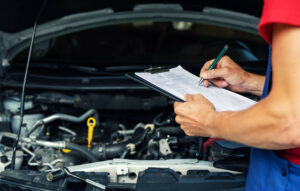
Regular inspections are crucial for maintaining your vehicle’s health and preventing unexpected breakdowns.
Importance of Regular Auto Inspections
Checking your tyres and other essential parts of your vehicle for any signs of wear and tear can help you identify potential problems before they escalate. During an inspection, a professional will check the overall condition of your tyres, including tread depth, pressure, alignment, and balance. They will also inspect other critical components like brakes, suspension, and steering, ensuring your car is in top condition.
Regular inspections can help detect issues early, such as uneven tyre wear, which might indicate alignment problems or improper inflation. This proactive approach can prevent unexpected breakdowns and ensure your tyres are always in top condition, providing a safer and more reliable driving experience.
2. Maintain Proper Tyre Pressure
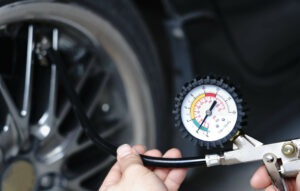
Maintaining the correct tyre pressure is vital for safe driving and prolonging the life of your tyres.
How to Check Tyre Pressure
Under-inflated tyres can cause excessive wear on the outer edges, while over-inflated tyres can lead to wear in the center. Both conditions can increase the risk of a tyre puncture or blowout. To check your tyre pressure, you can use a digital or manual pressure gauge. Simply remove the valve cap from your tyre, press the gauge onto the valve stem, and read the measurement. Compare this to the recommended pressure levels found in your car’s manual or on the driver’s side doorjamb.
Properly inflated tyres contribute to better fuel efficiency, improved handling, and longer tyre life. Checking your tyre pressure at least once a month and before long trips can help you avoid potential issues and ensure a smoother drive.
3. Rotate Your Tyres Regularly
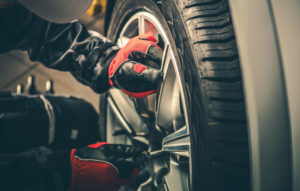
Tyre rotation is the process of moving tyres from one position on the car to another to ensure even tread wear.
Benefits of Tyre Rotation
Regular rotation helps in extending the lifespan of your tyres and improves performance. It is generally recommended to rotate your tyres every 5,000 to 8,000 kilometers, or as advised in your car’s manual. By rotating your tyres, you ensure that all tyres wear evenly, which can enhance traction, handling, and safety.
Uneven wear can lead to reduced grip, especially in adverse weather conditions, making your vehicle more prone to skidding or losing control. Consistent tyre rotation promotes even wear patterns, providing a smoother and safer ride.
4. Balance and Align Your Tyres

Wheel balancing and alignment are essential for a smooth ride and even tyre wear.
Signs of Misalignment
Unbalanced wheels can cause vibrations, leading to uneven tyre wear and potential damage to the suspension system. Misaligned wheels can cause the car to pull to one side, leading to uneven tread wear and reduced tyre life. Common signs of misalignment include uneven tyre wear, steering wheel vibration, or your vehicle pulling to one side.
Balancing involves adjusting the weight distribution around your tyres to eliminate vibrations, while alignment corrects the angles of the wheels so they are set to the car manufacturer’s specifications. Getting your wheels balanced and aligned during every regular auto inspection helps avoid these issues and ensures a comfortable driving experience.
5. Avoid Overloading Your Car

Excessive weight can put undue stress on your tyres, causing them to wear out faster and increasing the risk of a tyre puncture or blowout.
Safe Loading Practices
Check your car’s manual for the maximum load capacity and avoid exceeding it. Overloading not only affects tyre health but also impacts your vehicle’s handling and braking performance. Properly distributing the weight in your car can help in maintaining tyre health. Keep heavier items low and centered in the vehicle to balance the load evenly. This practice not only protects your tyres but also enhances overall vehicle stability and control.
6. Drive Carefully
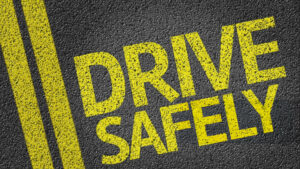
Aggressive driving can cause significant damage to your tyres.
Tips for Smooth Driving
Sudden braking, sharp turns, and high-speed driving can lead to premature wear and increase the likelihood of tyre punctures and blowouts. Adopting a smoother driving style can help extend the life of your tyres and ensure a safer ride.
Maintain a safe distance from other vehicles to avoid abrupt stops, and take turns at moderate speeds to reduce stress on your tyres. Additionally, try to avoid potholes and road debris, which can cause immediate damage or weaken the tyre structure over time.
7. Keep an Eye on Tread Depth
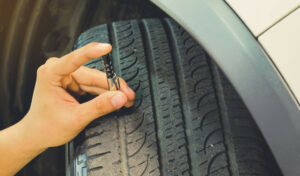
The tread depth of your tyres plays a crucial role in providing traction and ensuring safe driving, especially on wet or slippery roads.
How to Measure Tread Depth
Worn-out treads can increase the risk of skidding and reduce the tyre’s ability to grip the road. To check tread depth, you can use a tread depth gauge or the penny test. Insert a penny into the tread groove with Lincoln’s head upside down. If you can see the top of Lincoln’s head, your tread depth is below the recommended level, and it’s time to replace your tyres.
Regularly checking tread depth ensures your tyres have sufficient traction to perform effectively in various driving conditions, helping you avoid potential accidents and breakdowns.
8. Address Tyre Punctures Promptly

Even with the best care, tyre punctures can still occur. It’s essential to address a puncture as soon as possible to prevent further damage.
Temporary Fixes for Tyre Punctures
If you experience a tyre puncture, pull over safely and assess the situation. For minor punctures, you can repair puncture yourself with puncture repair kit, which typically includes a sealant and an air compressor, to fix it temporarily. However, it’s always best to visit a professional for a thorough inspection and repair to ensure your tyre is safe to use. Ignoring a puncture or using a temporary fix for too long can lead to more severe damage and increase the risk of a blowout.
9. Invest in Quality Tyres
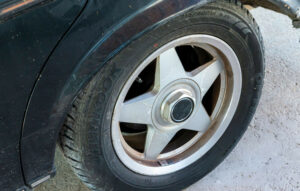
Investing in high-quality tyres can make a significant difference in your driving experience and safety.
Advantages of High-Quality Tyres
Quality tyres offer better performance, durability, and resistance to punctures and wear. They may cost more initially, but they often save money in the long run by lasting longer and providing better fuel efficiency. High-quality tyres also enhance your vehicle’s handling, braking, and overall safety, making them a worthwhile investment for any car owner.
Conclusion
Taking good care of your tyres is essential for safe driving and avoiding unexpected breakdowns on the road. By following these tyre care tips and incorporating regular auto inspections into your maintenance routine, you can extend the life of your tyres and enjoy a safer driving experience. Remember, a well-maintained tyre not only ensures your safety but also enhances the performance and efficiency of your car. Stay vigilant, drive safely, and keep your tyres in top condition.
Contact AutoAid!
For Professional Puncture Repair Service and other Roadside Assistance Service Near You, Download AutoAid App.

